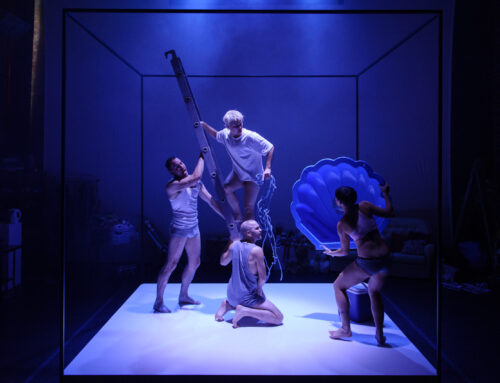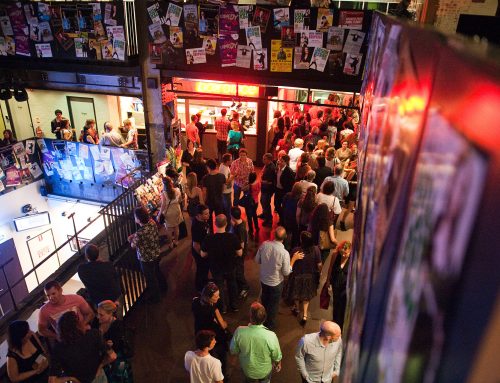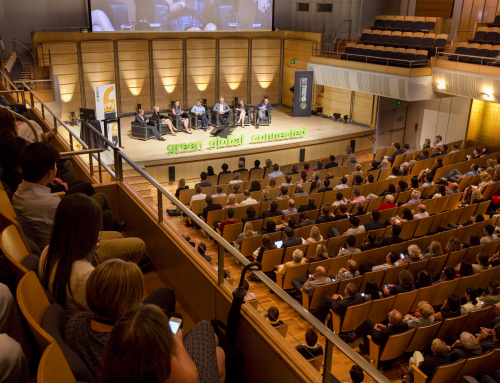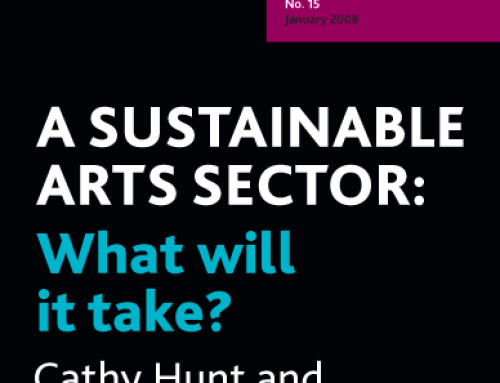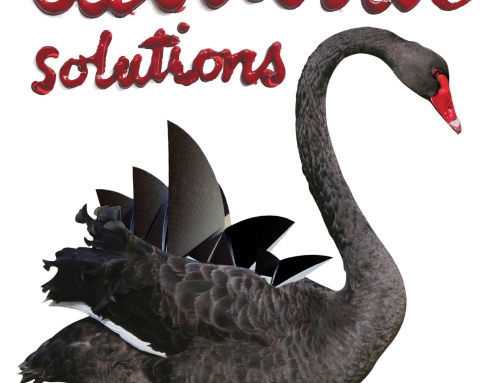Project Description
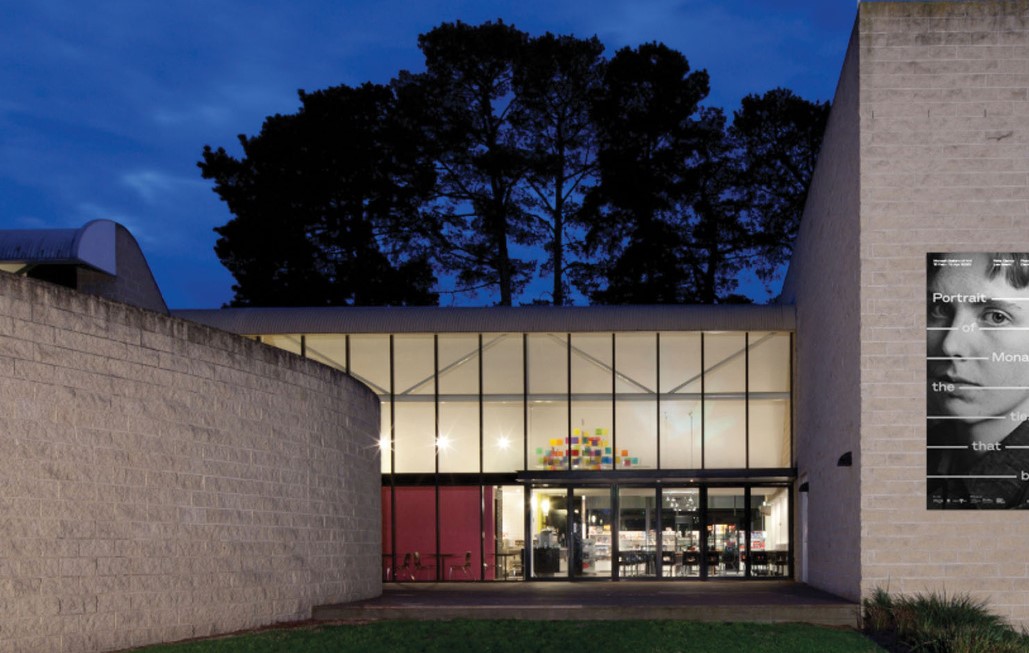
REINVENTING THE GALLERY – AN INTERVIEW WITH MONASH GALLERY OF ART
David Fishel
Monash Gallery of Art (MGA) opened its doors in 1990, beginning a journey to becoming the only Australian public Gallery devoted to collecting and exhibiting photography, and with the only collection solely dedicated to Australian photography. In the early 2000s it was joined by the Wheelers Hill Library, adding a wing to the Harry Seidler-designed building to incorporate both the literary and visual arts. However, as the standing of these two entities rose site constraints limited their operations, hindering their growth and impact. While the original vision had been for Gallery and Library to work in an integrated manner, the design of the building worked against this.
To address these constraints an issues and opportunities paper was drafted, and then initial, alternative schemes were generated in 2017/2018, enhancing gallery space, collections storage and education facilities, while building further on the Library’s track record for children’s programming and engagement. The driving vision went beyond the obvious needs of the Gallery, and the modernising of the Library. With rapid population growth in Melbourne’s South-East corridor there was the opportunity to create a significant cultural asset, a legacy for the future which would enhance the liveability and attractiveness of the region.
Vision alone does not create new cultural facilities. Political will and finance are essential. The next step in the journey was to build support within the City of Monash and the Victorian Government – to meet the costs of preparing a detailed Business Case. The Gallery Director and Chair of the Gallery’s Committee of Management (COM) have worked in close collaboration, with the Chair of COM being actively engaged in the evolution of the strategy, and in external communications and advocacy, including leadership of an Advocacy Committee. Building support for a major cultural project is a long-term process. Not surprisingly, there were changes in leadership within Council (and later a change in Arts Minister), requiring regular re-engagement to reinforce the messages.
During the process of communication and advocacy the opportunity arose to present the project members of the Victorian State Government. The Case was not built on the Gallery’s and Library’s needs alone, but also on the broader policy contribution and the linkage to Plan Melbourne and the State’s ‘20-minute cities’ philosophy – encouraging the development of local facilities which reduce the need to rely heavily upon CBD-based services.
Success in securing cash support from State Government was matched by in-kind support from Council, following groundwork and a well-prepared presentation to c.40 senior officers. Understanding the processes within Council – and the level of consultation required – was important to achieving Council backing.
A competitive tendering process resulted in the appointment of a multi-faceted consulting team led by The Maytrix Group, and including Positive Solutions (arts and governance), architectus (design), Slattery (costing), Nine Squared (economic), Paoli Smith (branding) and Y-impact (financial modelling). The team was tasked not only with supporting MGA in the development of its Business Case but also with enhancing the viability of the Gallery’s commercial operations (principally café and shop) and exploring governance options for the integrated Gallery-Library precinct.
In addition to the progressing concept development and meeting the requirements of the Business Case an important outcome from the consulting process was the renaming of the Monash Gallery of Art to the Museum of Australian Photography, or MAPh, a branding which emphasised the national significance of the collection and role of the Gallery, a positioning which also supports the international connections which will be an important aspect of future programming and sector support.
A structured Advocacy Campaign has been in progress for nearly twelve months, addressed to all the key stakeholders – artists, arts and cultural institutions and sector colleagues, the education community, politicians, local Council and the Gallery’s own Foundation. Meetings have been held with key politicians, including State and Federal MPs and major donor prospects. A new MAPh four year-strategic plan will be prepared shortly which supports the creation of the ICP if successful.
The Museum of Australian Photography (MAPh) delivers an integrated cultural precinct; a cultural destination in Melbourne’s South East that closes a gap in cultural infrastructure, builds capacity in cultural tourism through connecting key assets in the region and supports the growth and vibrancy of a diverse, connected and inclusive community. The redevelopment not only addresses the operational constraints of the past, but also creates a fresh vision, a seamless visitor experience, a place for children, space for artists, and the foundations for future audience development. More broadly it enhances the quality of life and social connectivity of this growing South East Melbourne community.
The Case is founded on a comprehensive and inclusive approach, highlighting the community and regional benefits which MAPh will deliver. The articulation of the Case for MAPh is the conclusion of the first couple of stages of the journey. Even at this point it is clear how much commitment, positive thinking and collaborative effort is needed to deliver a major cultural facility. Rockhampton Museum of Art and Shepparton Art Museum have recently completed their redevelopment (noting that Maytrix Group and Positive Solutions also collaborated on the successful Business Case for Rockhampton). For MAPh and Monash it is early days – the next few years will be both daunting and exciting.
Our thanks goes to Gallery Director Anouska Phizacklea and Natasha Bowness, Chair of the Community Asset Committee.
February 2022


